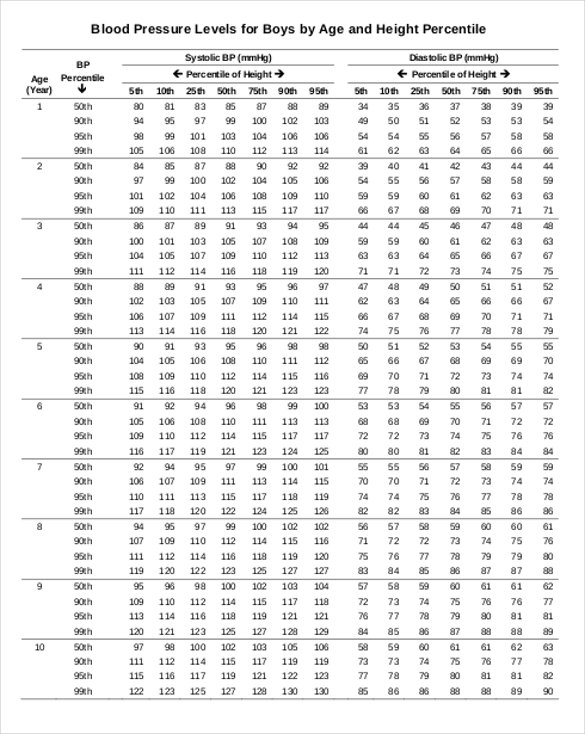

However, how much BP should be lowered in aging individuals with type 2 diabetes is a controversial matter. adults between the ages of 35 and 74 years could potentially prevent ∼56,000 CV events and 13,000 deaths annually while saving costs ( 9).

A recent cost-effective analysis showed that implementation of the 2014 hypertension guidelines for U.S. Therefore, BP control is also expected to provide benefits in aging individuals. The rate of events in the elderly is high, and despite the fact that the association between BP levels and CV events is less steep in the elderly than in the young, the impact of elevated BP, in particular SBP, on CV morbidity and mortality in the elderly is significant ( 1, 8). Hypertension is very common in elderly people (>60 years of age), reaching a prevalence of 60–80% in individuals in the U.S. Life expectancy has increased over the years, and the world population is getting older. In elderly hypertensive patients with diabetes, BP levels should be monitored closely in the sitting and the standing position, and the treatment should be tailored to prevent excessive fall in BP. In patients with coronary artery disease and in patients with orthostatic hypotension, excessive BP lowering should be avoided. It is recommended to lower BP in the elderly patient with diabetes to 60 mmHg. Target BP should be based on concomitant diseases, orthostatic BP changes, and the general condition of the patients. On the basis of the available evidence, we provide arguments supporting the individualized approach in these patients. However, it is difficult to extrapolate from the general population to these frail individuals, who usually have isolated systolic hypertension, comorbidities, organ damage, cardiovascular disease, and renal failure and have a high rate of orthostatic and postprandial hypotension. Little information is available regarding the target BP levels in elderly hypertensive patients with type 2 diabetes, and therefore extrapolation from data in the general population should be done. The coexistence of hypertension and diabetes can be devastating to the cardiovascular system, and in these patients, tight blood pressure (BP) control is particularly beneficial. Hypertension is very common in elderly subjects with type 2 diabetes.


 0 kommentar(er)
0 kommentar(er)
